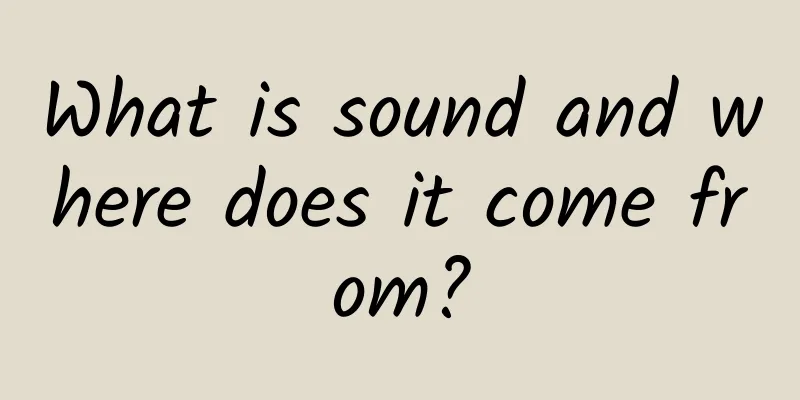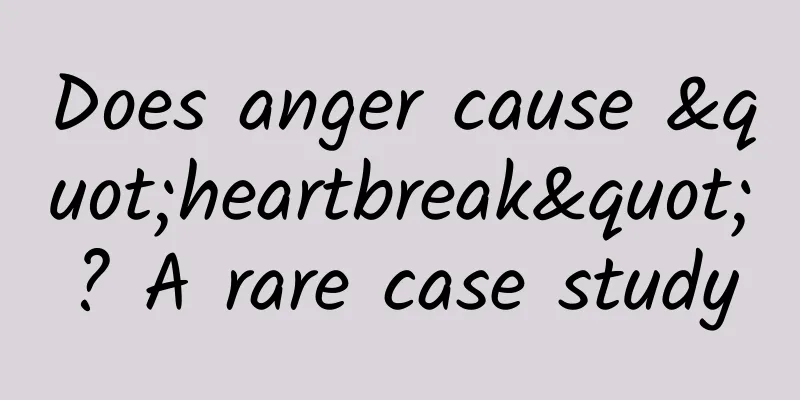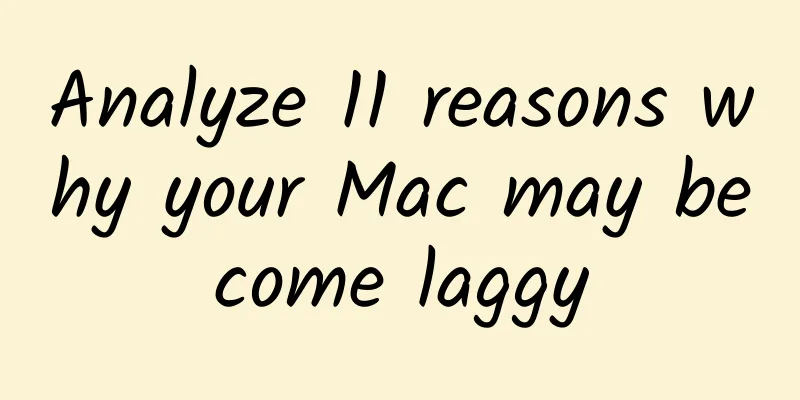What is sound and where does it come from?

|
“Ding-ling-ling——” From the first crisp sound of the alarm clock in the morning, footsteps, running water, voices - all kinds of sounds pour into our ears one after another. Except when we are sleeping, we can hear them almost all the time. But what are the sounds? And where do they come from? Although sound cannot be touched or seen, there is a way to indirectly "touch" and see it. Take out your toy drum, put your left hand on one side of the drumhead, and use your right hand to hit the other side with a drumstick. At the same time, observe the drumhead carefully. Do you feel it? Yes, the drum surface is vibrating, which is the essence of sound - sound waves generated by the vibration of an object. The drum that makes the "dong dong dong" sound is the "sound source", that is, the source of the sound. But how do the sound waves generated by the vibrating drum reach our ears? Although there is no telephone line connecting the drum to us, there are actually sound messengers everywhere around us - air. There are many nitrogen, oxygen and other gas molecules in the air. The vibration of the drum drives the vibration of the gas molecules nearby, and then, like a relay race, the sound waves are transmitted to all directions and to our ears. We also have a "snake drum" in our ears - the eardrum, which is a translucent membrane. When sound waves pass through the external auditory canal, they hit it and cause it to vibrate. The eardrum then transmits the vibration to the auditory ossicles and finally to the fluid in the cochlea, causing the fluid to fluctuate. This fluctuation is converted into nerve impulses by nerve cells and transmitted to the auditory nerve center in the brain, allowing us to hear the sound. In the macroscopic world, air, water, or solids can all serve as media for sound propagation. Without a medium, sound cannot propagate. The first person to discover this was the 17th-century British physicist Robert Boyle. At that time, he conducted a very famous experiment. Boyle put an alarm clock into a large glass cover and let the alarm clock keep ringing. Even with the glass cover blocking it, everyone could still clearly hear the alarm clock's constant noisy sound. Then, Boyle performed a "magic trick" and made the alarm clock quiet down! He used a vacuum pump to remove the air in the glass cover. As the air became less and less, the sound of the alarm clock became weaker and weaker, and finally it was almost inaudible. But as soon as the glass cover was opened, the alarm clock started to ring again. Now we know that this is because the propagation of sound requires a medium. In our daily lives, the most important medium for sound propagation is air. People use this principle to create soundproof windows. It is made of two sides of glass with an almost vacuum in the middle, which is like setting a gap for sound waves, preventing them from crossing to the other side of the window. Although the propagation of sound requires a medium in the macroscopic world, the microscopic quantum world breaks this rule. Not long ago, scientists discovered that a vacuum can also propagate sound over a very short distance! In fact, the vacuum is not empty. It does not have physical particles such as atoms and molecules, but there are quantum fields composed of "virtual particles", similar to the electric field formed by electrons. They are constantly generated and disappear, just like the small water droplets stirred up by the oscillation of water waves, bouncing up and falling back. This phenomenon is called quantum fluctuation. Scientists have found that when two films in a vacuum are very close, the vibration of one film can be transmitted to the other film through quantum fluctuations, which means that sound waves pass through the vacuum! However, this phenomenon is currently limited to the wonderful quantum world. In our macroscopic world, a medium is still needed to hear sound. References: Fong, KY, Li, H., Zhao, R. et al. (2019). Phonon heat transfer across a vacuum through quantum fluctuations. Nature 576, 243–247 Author:Mirror Reviewer: Zhang Xuanzhong (popular science writer, member of the Chinese Physical Society) |
>>: Can large language models reason? | AI Nasi
Recommend
Known as "black gold", this tree is widely planted in Hainan →
The world cannot live without rubber, including n...
Chen Yudian: Learn Management from Huawei - Gaining Insight into Management and Becoming an Excellent Leader
How to manage well and enhance the core competiti...
Can't eat sow meat? Will eating sow meat make you "sow crazy"? You are not the last person to know
Popularize science and spread science to the publ...
Is it considered overdue if the credit card payment is made on the due date? Two points to note
Credit card payment is considered overdue on the ...
"Product Experience Design Thinking and Practice" is a practical course that emphasizes both product thinking and design skills
Training course content: This is a practical cour...
Unveiling the secrets of the rainforest's first camouflage master, the "dead leaf butterfly"
The dead leaf butterfly, commonly known as the &q...
I suggest you don’t eat these foods on an empty stomach no matter how hungry you are.
Talking about foods that cannot be eaten on an em...
You are afraid of snakes, so what are snakes afraid of?
The zodiac lady opens the microphone: "You&#...
Eating 2 handfuls of “young” soybeans every day has 6 great benefits for your body!
Author: Xue Qingxin, registered dietitian Reviewe...
Tik Tok information flow advertising, 3 directions and 5 optimization points!
Recently, the cost of information flow has been r...
Where will OPPO go if its differentiated advantage is no longer there?
Among domestic mobile phone manufacturers, OPPO i...
Zheng Duoyan's 6-week aerobics weight loss plan
Zheng Duoyan's 6-week aerobics weight loss pl...
Can we distinguish different leopards by their calls? | Nature Trumpet
This is the 73rd issue of the Nature Trumpet colu...
Tea Science | The origins of the "post-90s" and "post-00s" in Fujian's high-fragrance tea tree varieties revealed!
Oolong tea is loved for its "rich aroma and ...









